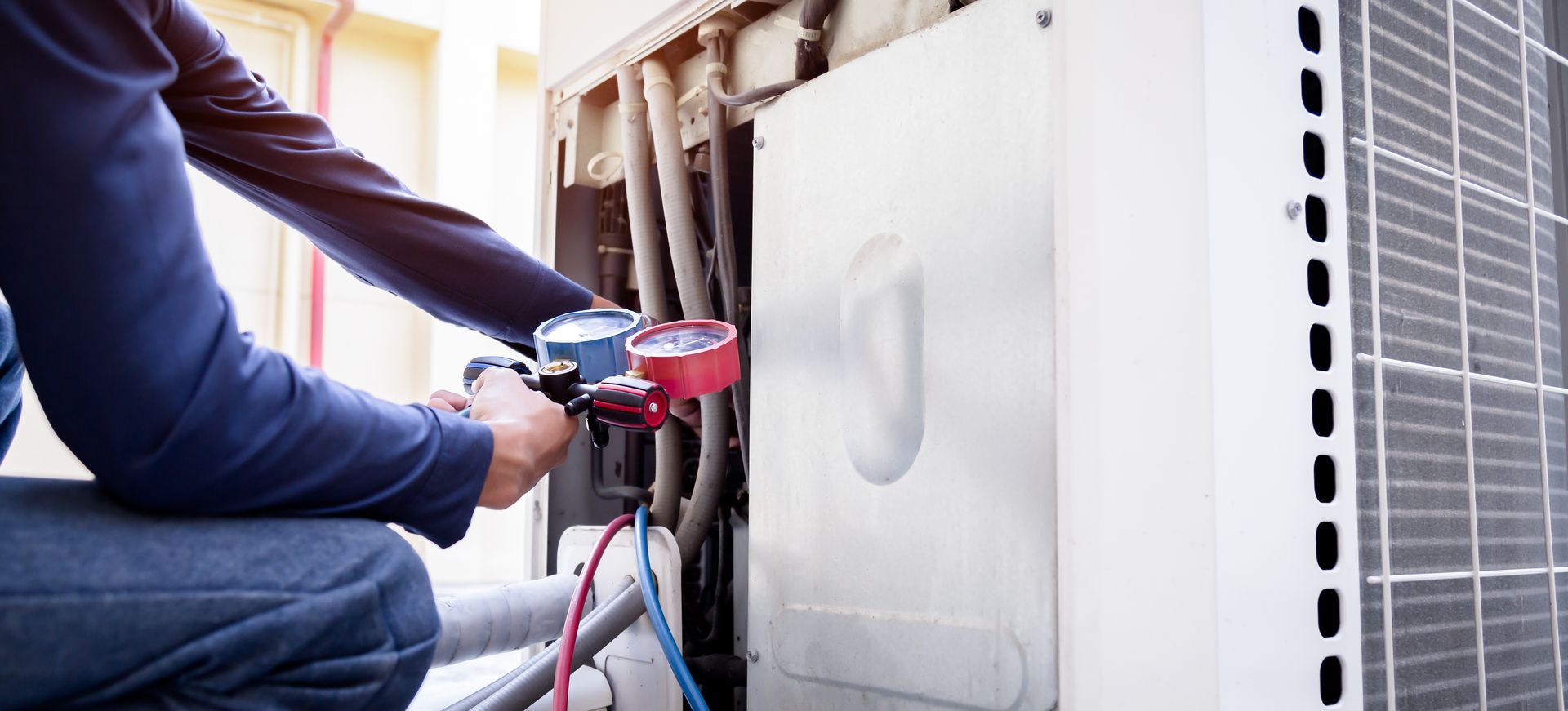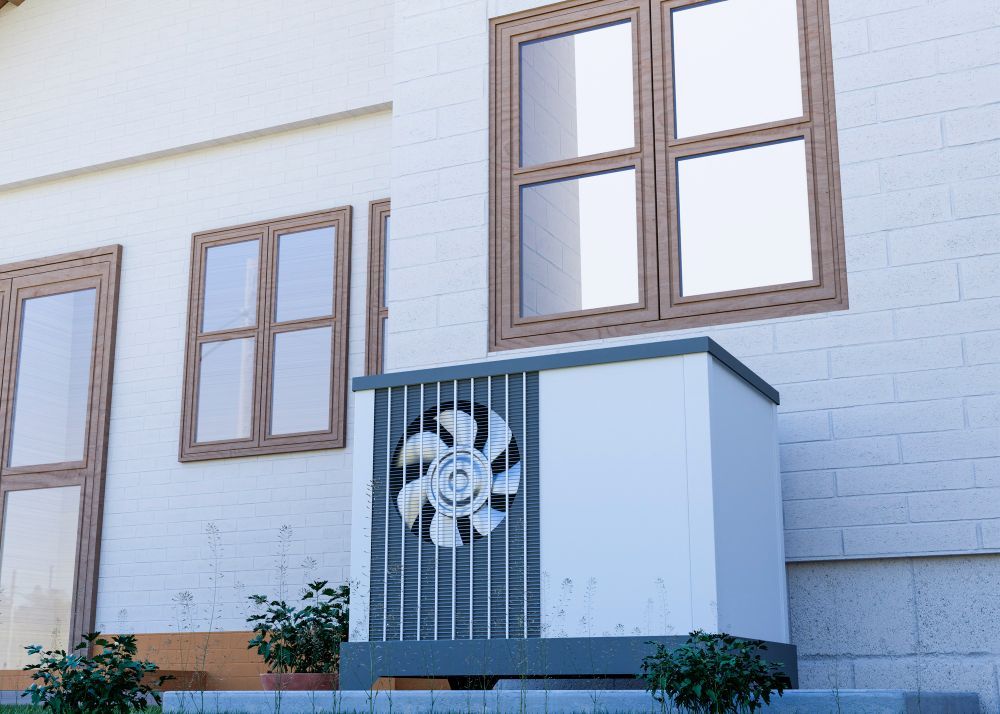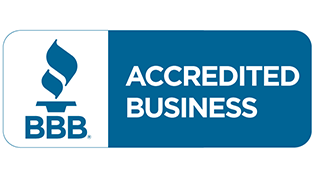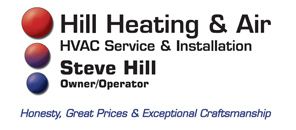How to Choose the Right HVAC System for Homes in the Wasatch Front
Imagine moving into a beautiful home in South Jordan or anywhere along the Wasatch Front. The seasons shift dramatically here—hot, dry summers, cold winters, and wide temperature swings. Your HVAC system has to keep you cool in July, warm in January, and handle everything in between.
This blog explains how to choose the right HVAC system for homes in the Wasatch Front. We’ll cover climate factors, system types, decision steps, frequently asked questions, and practical advice from a local HVAC contractor in South Jordan, Utah.
Understanding the Local Climate
The Wasatch Front presents unique challenges for HVAC systems. Before choosing a system, consider the following factors:
- Wide temperature swings: Summers can hit the mid-90s, while winters dip below freezing.
- Low humidity: The dry climate can cause issues indoors such as cracked wood and static.
- Air quality: Inversions during winter can trap pollution, making indoor air quality important.
- Elevation: Higher elevations can affect system performance if not calibrated correctly.
- Dust and allergens: Frequent filter changes are necessary to maintain clean airflow.
These conditions mean the right HVAC system must be efficient, durable, and adaptable.
Common HVAC System Options for the Wasatch Front
When evaluating systems, homeowners typically consider a few main categories. Here are the most common options with their general strengths and weaknesses in this region.
- Central Air with Furnace: Ideal if you already have ductwork in place. Reliable and effective for whole-home comfort.
- Heat Pump or Hybrid Systems: Cold-climate heat pumps work well in Utah’s winters and provide efficient heating and cooling. A backup heat source may be required in extreme cold.
- Ductless Mini-Splits: Great for homes without ductwork or for zoning needs. Efficient and flexible, but more expensive per unit
- Advanced Zoned Systems: Offer maximum control and comfort, but require a larger upfront investment
Each option works best when sized correctly and installed by an experienced local contractor.
Step-by-Step Decision Guide
Choosing the right HVAC system is easier when you follow a clear process. Here are the main steps homeowners should take:
Step 1: Assess Your Home
Look at insulation, window quality, and air sealing. Even the best HVAC system won’t perform well if your home loses heat or cool air.
Step 2: Get a Professional Load Calculation
Request a Manual J load calculation to properly size your system. Oversized or undersized systems cause problems and increase costs.
Step 3: Decide on Heating Strategy
Evaluate whether you need a high-efficiency gas furnace, a cold-climate heat pump, or a dual-fuel setup. Your choice depends on energy availability and cost.
Step 4: Select Cooling Equipment
Match your air conditioning or heat pump to your cooling needs. Choose units with high efficiency ratings to save on summer energy bills.
Step 5: Consider Zoning and Smart Controls
Zoned systems and smart thermostats let you control comfort more precisely, especially in multi-level homes.
Step 6: Work with a Reputable Contractor
A system is only as good as the installation. Choose a contractor who understands Utah’s climate and offers solid warranties.
Step 7: Factor in Long-Term Costs
Think beyond the purchase price. Consider energy use, maintenance, repair costs, and expected lifespan.
Step 8: Plan for Air Quality
With Utah’s dust and inversion issues, ensure your system includes strong filtration and, if needed, humidity control.
Frequently Asked Questions
- Will a heat pump work in Utah’s winters?
Yes, modern cold-climate heat pumps perform well even in very cold weather. A backup source may still be recommended for extreme conditions. - How often should I change my filter?
Because of dust and allergens in the Wasatch Front, filters should be checked monthly and replaced every 30–60 days during heavy use. - Should I go ductless or stick with central air?
Ductless systems are excellent for homes without ductwork or for add-ons. Central air may be more cost-effective if ducts are already in good condition. - What should I look for in warranties?
Aim for at least a 10-year warranty on compressors and solid service coverage from a local certified contractor. - Can I add indoor air quality features later?
Yes, many systems can be fitted with UV lights, air scrubbers, or humidifiers as upgrades.
Conclusion
Choosing the right HVAC system for homes in the Wasatch Front requires careful consideration of climate, home design, and efficiency goals. By following a structured decision process and working with an experienced local contractor, you can find a system that keeps your family comfortable year-round while managing costs.
If you’re in South Jordan or anywhere along the Wasatch Front, our team is here to help with expert guidance and installation.
Contact us today for a consultation.







